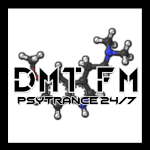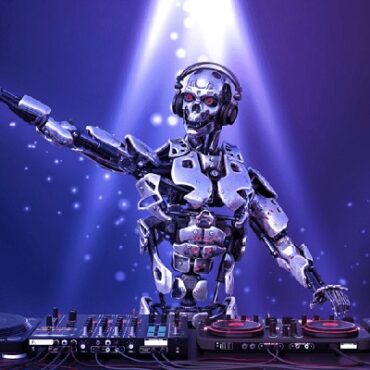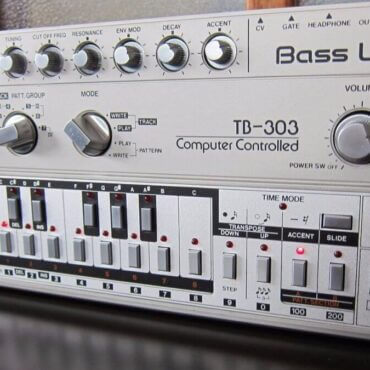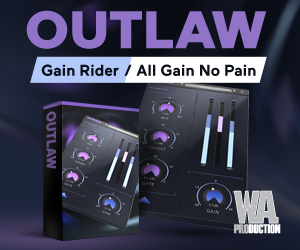Listeners:
Top listeners:
-
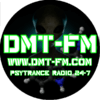 play_arrow
play_arrow
EU Streaming Server 320 kbps DMT FM Psytrance Radio Online 24/7
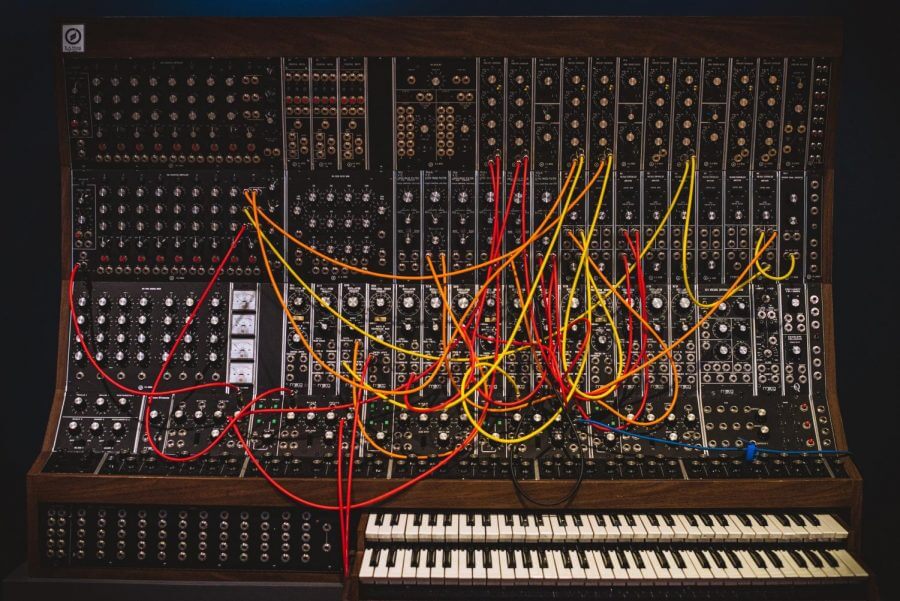
The History of Moog synthesizers
Article Written by Richard Archer – 17/09/2023
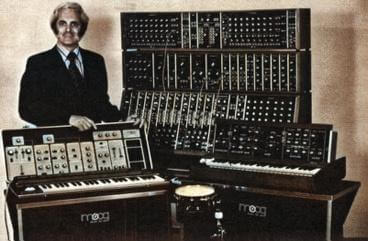
The history of Moog synthesizers is a fascinating journey that spans several decades and has had a significant impact on the world of music. Moog synthesizers are iconic electronic musical instruments that have played a crucial role in shaping the sound of modern music. In this comprehensive detail, we will explore the origins, development, and influence of Moog synthesizers.
Origins:
The story of Moog synthesizers begins with Dr. Robert Moog, an American engineer and pioneer in the field of electronic music. In the early 1960s, Moog developed the first modular synthesizer system, which was a groundbreaking invention in the world of music technology. The modular synthesizer allowed musicians to create new sounds by connecting various modules together, such as oscillators, filters, and amplifiers.
Development:
In 1964, Dr. Robert Moog founded his company, R.A. Moog Co., to manufacture and sell his modular synthesizer systems. The first commercially available Moog synthesizer was the Moog Modular Synthesizer Model 15, which was introduced in 1965. This modular system quickly gained popularity among experimental musicians and composers due to its versatility and unique sound capabilities.
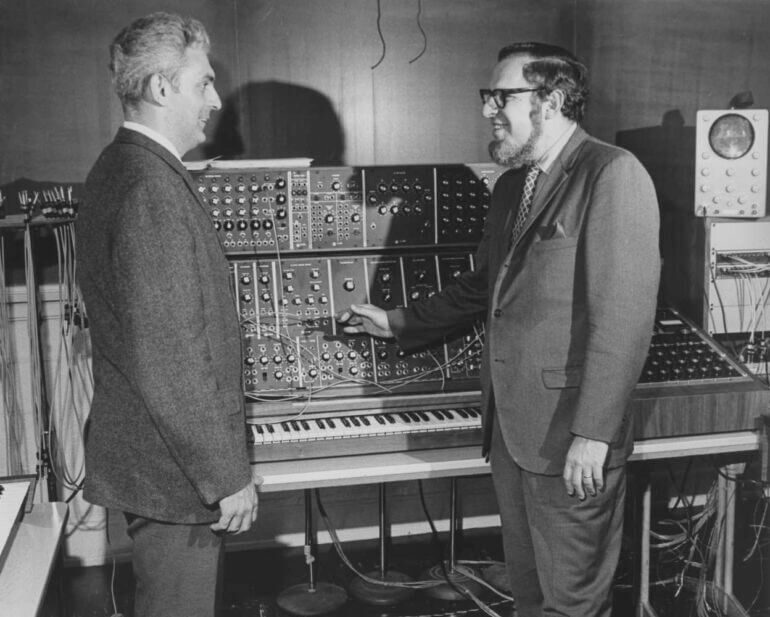
Over the years, Moog continued to refine and expand their synthesizer lineup. In 1970, they released the Minimoog Model D, which was a compact and portable version of their modular synthesizer. The Minimoog became one of the most iconic and widely used synthesizers in history, known for its warm analogue sound and intuitive interface.

Throughout the 1970s and 1980s, Moog released several other notable synthesizers, including the Polymoog, Memorymoog, and Taurus bass pedals. These instruments further solidified Moog’s reputation as a leading manufacturer of high-quality synthesizers.
Influence:
Moog synthesizers have had a profound influence on the world of music. They played a crucial role in the development of electronic music genres such as progressive rock, disco, and synth-pop. Artists like Keith Emerson, Rick Wakeman, and Wendy Carlos embraced the Moog synthesizer and incorporated its unique sound into their music, pushing the boundaries of what was possible with electronic instruments.
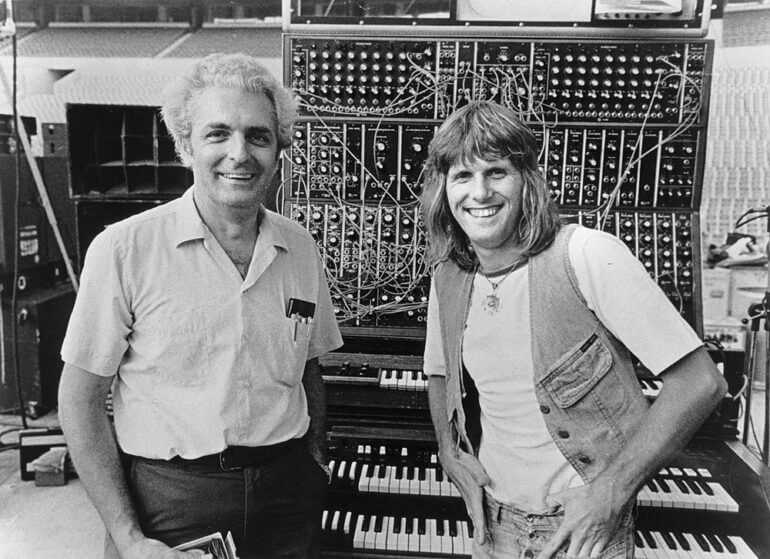
The Moog synthesizer also had a significant impact on popular music. In the 1970s, artists like Stevie Wonder and Herbie Hancock used Moog synthesizers to create groundbreaking and innovative sounds. The distinctive bass sound of the Taurus bass pedals became a staple in many rock and pop recordings.
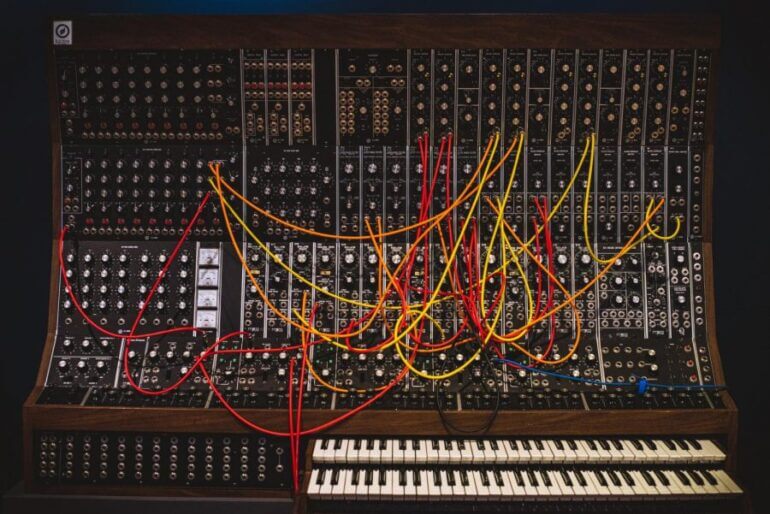
Moog synthesizers continue to be highly regarded by musicians and producers today. Their warm analogue sound and intuitive interface make them sought-after instruments for both studio recording and live performances. Many contemporary artists across various genres still rely on Moog synthesizers to create unique and captivating sounds.
In conclusion, the history of Moog synthesizers is a testament to the innovation and creativity of Dr. Robert Moog. From the early modular systems to the iconic Minimoog Model D, Moog synthesizers have left an indelible mark on the world of music. Their unique sound and intuitive interface have made them beloved instruments among musicians and producers, ensuring their continued influence for years to come.

Written by: Richard - DMT FM
Similar posts
Live On Air Now

Forest Psytrance
Hosted by Computer DJ System
Forest Psy is very similar to Dark Psy in many ways, but it’s less robotic-themed and focuses more on the ambient noises, nature atmosphere. Forest is darker, more psychedelic but with a funky low end bassline and strange trippy effects in the upper register
close-
 Ektoplazm
EktoplazmMUSIC PRODUCTION
Upcoming shows

Psytrance
Hosted by Computer DJ System
14:00 - 16:00
Festival Live Events
Live DJ Sets From Around the World
16:00 - 20:00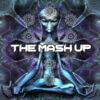
The Mash UP
Hosted by Computer DJ System
20:00 - 22:00
Art of Rave Radio Show
Hosted by Terry Golden's - Monday - 22:00 hrs - 23:00 hrs
22:00 - 23:00MUSIC PRODUCTION
 Assorted Trance – News
Assorted Trance – News
Copyright 2019 @ DMT-FM Psytrance 24/7
